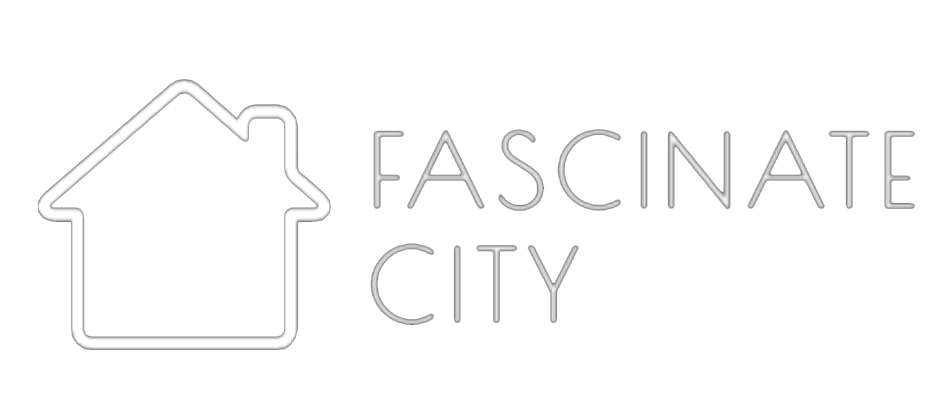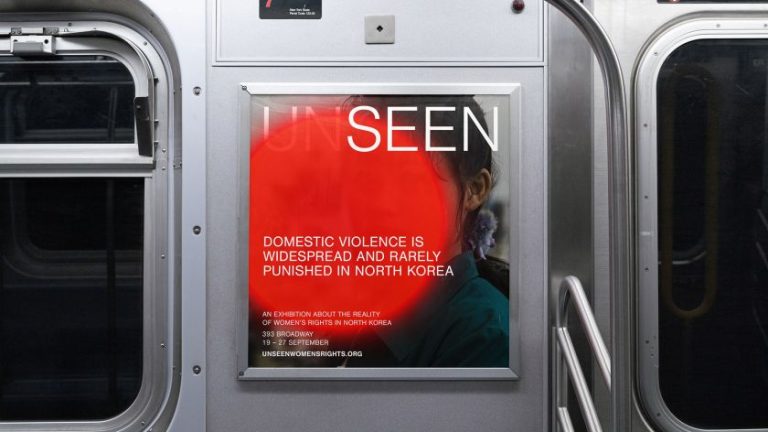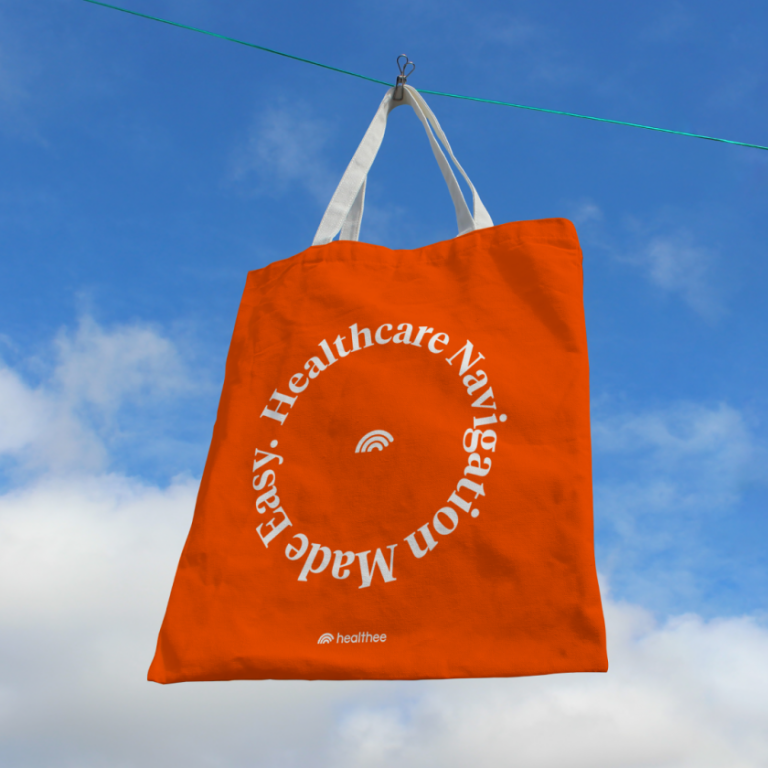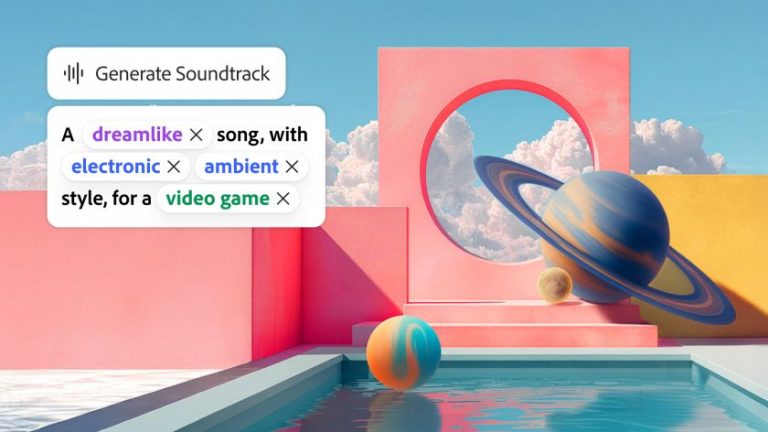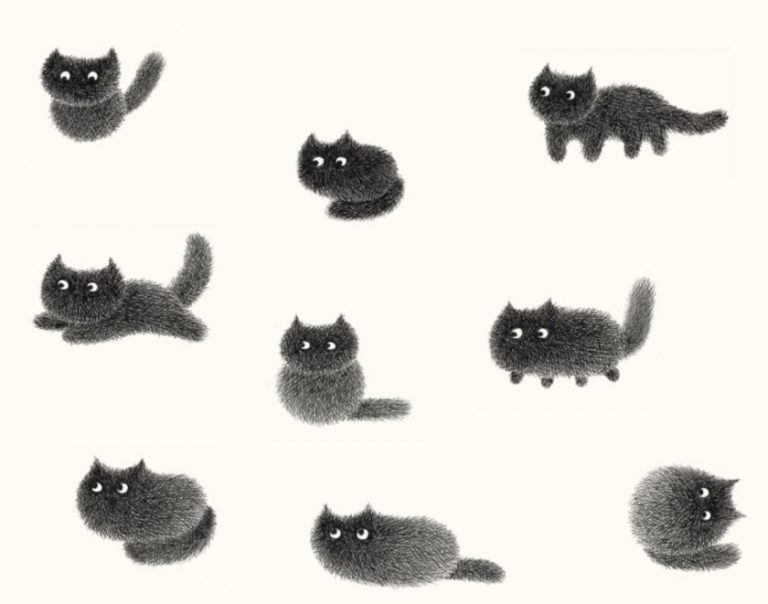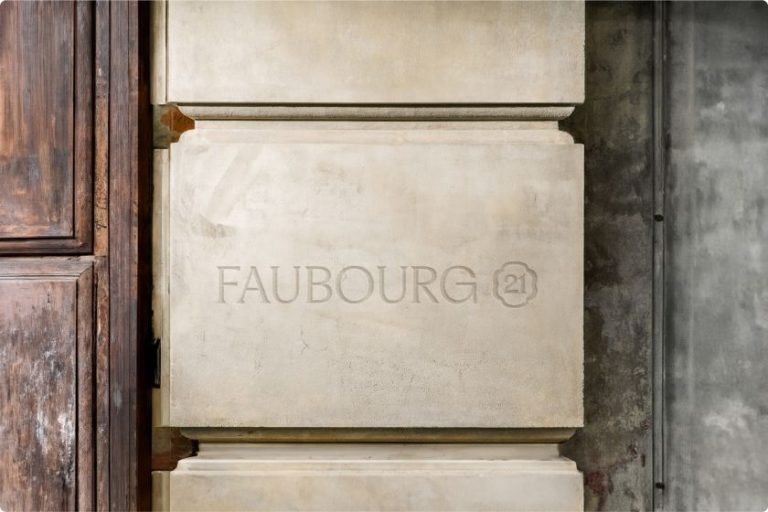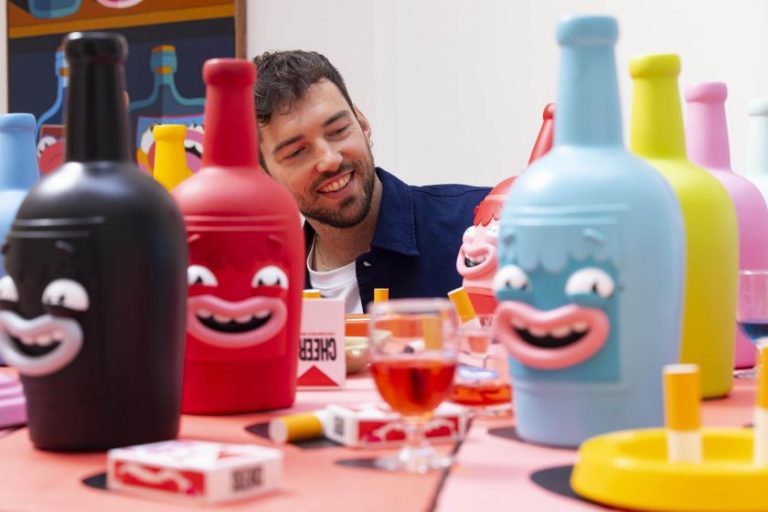Image licensed via Adobe Stock
Burnout in the creative industries is common, but not inevitable. We share practical tips from our community, along with three new mindfulness techniques that really work.
Creative work asks for more than ideas; it asks for you. Your focus. Your energy. Your emotions. Your imagination. And when those tanks run dry, even dream projects start to feel like a slog. That once-exciting brief suddenly feels like a mountain.
The trouble is, most of us are terrible at protecting ourselves from burnout. Our professions glorify the grind: the late nights, endless revisions, the myth that rest = laziness. Burnout gets treated like a rite of passage until, well, it’s not so romantic anymore.
At this time of year, as the days get darker and the nights get colder, burnout becomes even more of a danger. So we asked our community for advice via our own network, The Studio. We’ll share their top tips below, along with three of the latest techniques for staying centred and preventing burnout.
Catch yourself before you crash
The most important thing is to spot the signs before they get worse. Designer Aaron Becker offers the benefit of his own experience. “Over the last few years, I’ve found myself moving in and out of burnout,” he reveals. “I can tell it’s happening when I start feeling to-do list fatigue, then small things begin to frustrate me. Now that I’m in my late forties, I’ve learned to recognise the signs and trust that I’ll get things done. Taking breaks, getting outside or simply stepping away has made a big difference.”
Designer Sharon Hennessy tells a similar story. “Freelancing’s so unpredictable,” she says. “But I am practising to pause before I say yes to everything. That one second of thinking time saves a lot of burnout later, not just in my work life. Pausing is my way forward.” Artist Mel Langton, meanwhile, feels it physically. “When even the thought of my inbox or social media ties my stomach in knots,” she says, “that’s my signal to slow down.”
The trick, they all agree, is catching those signals early, before the spiral begins.
The power of no
But when you recognise the symptoms, what can you actually do? One of your most important weapons is saying no. Or at least, not blurting out yes straight away. As creative director Paul Leon says: “The first step is learning to trust yourself and push back professionally. Accept there’ll be friction, and own it.”
“A lot of creatives get stressed when they haven’t considered everything honestly and pragmatically,” he adds. “That’s when projects spiral. Extra work, shifting timelines, and resentment on both sides.”
His advice: get clear early. Be upfront about time, budget and energy. And put it all in writing. “That way,” he says, “when the client changes something, you can calmly explain that it’ll add time or cost, without feeling awkward.”
Build boundaries into your day
Feeling like your work is never done? That’s another sign you’re heading for burnout. As designer and artist Matthew Gallagher puts it: “That drive for 24/7 productivity is entirely destructive. It wrecks your health, relationships, and craft; I’ve lived it.” His antidote? “Eight hours’ sleep, daily movement, a balanced diet,” he says. “It sounds boring, but those simple things make all the difference.”
Matthew also builds what he calls “percolation time” into every project. “Design needs breathing space,” he explains. “I started baking that into my estimates mid-career, and it’s made a huge difference.”
For branding designer Kosho Sugiura, timing has proved crucial. “Lately I’ve been shifting towards being a morning person,” he says. “The stillness at 5am is pure peace. I brew coffee, review yesterday’s work, and schedule time to do absolutely nothing.” For him, rest isn’t optional; it’s maintenance. “The best way to prevent burnout isn’t pushing harder,” he notes. “It’s knowing when not to do anything.”
Small habits, big impact
Tech can make you anxious, but it can also be used to protect you. Graphic designer Sarah Glagolev, for example, says: “Do Not Disturb is always on. If something’s truly urgent, they’ll email. I don’t need constant pings to stay productive.”
She’s also a big believer in time blocking. “Schedule free time when you’re busy and passion projects when you’re slow,” she advises. “Knowing what your week, or even your month, looks like helps you stay balanced.”
And when things get overwhelming? “Step outside and feel the sun on your face,” she advises. “Even if it’s raining, the fresh air will do wonders.” She also swears by guided meditation. “I use the Headspace app,” she says. “For a few minutes, my world stops spinning and I just breathe.”
Three new techniques to try out
Let’s be honest: while the evergreen advice above is proven to work, you may well have heard versions of it before. So if you’re looking for something completely new that you haven’t tried, here are three emerging wellness practices that are gaining traction among creatives seeking to avoid burnout.
1. Colour walking
Choose a single colour and purposely notice it throughout your walk: a stoplight, a flower in a neighbour’s garden, a shop sign. This simple practice anchors your mind to the present moment, quieting anxiety and overwhelm. As such, it’s been shown to improve mood, enhance creativity, and deepen your connection to nature. Even 15 minutes of colour walking can noticeably calm your nervous system.
2. Floor time
Lie on the floor (on a mat, carpet, or rug) and do nothing. No structure, no meditation required. Yoga teachers explain that this simple act activates your parasympathetic nervous system, shifting your body out of fight-or-flight mode. At the same time, gravity naturally aligns your spine, relieving tension and lowering cortisol levels. In a productivity-obsessed industry, this can make a huge difference to your mental state.
3. Japanese walking
Alternate between three minutes of brisk walking and three minutes of slower recovery walking, for 30 minutes in total. This technique (also known as interval walking) delivers cardiovascular benefits in a short, accessible timeframe. The rhythmic structure gives your overwhelmed mind something to focus on, making it perfect for creatives easing back into fitness after burnout.
